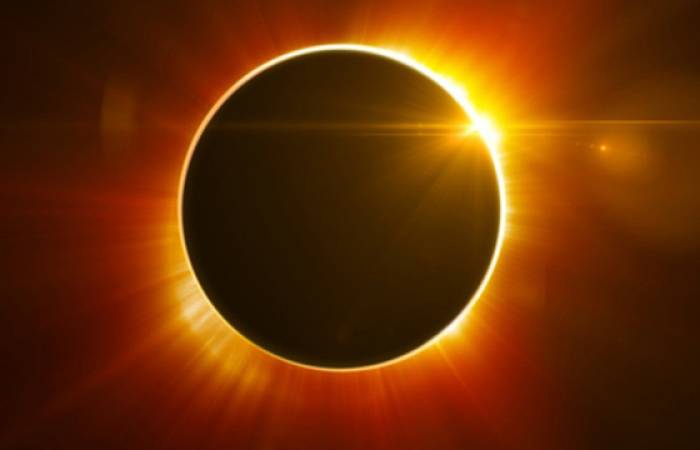What is a total solar eclipse?
A total solar eclipse occurs when the moon comes between the Earth and the sun, appearing to cover the entire area of the sun in the sky. The moon is about 237,674 miles from Earth, so because it’s fairly small it appears to be about the same size as the sun. When there is a total solar eclipse, the moon fully comes between the Earth and the sun and blocks the sun’s light from hitting Earth. It also casts a shadow directly on a specific part of the Earth at the time. In that spot on the Earth it gets so dark, it almost appears to be night, NASA notes.
The two other types of solar events are partial solar eclipses and the second is an annular eclipse. A partial eclipse occurs in the penumbra, or the partially shaded outer edge of a shadow or eclipse.
How frequently do solar eclipses happen?
Solar eclipses vary in frequency depending on where you are on Earth. Some areas see total solar eclipses far more frequently than most areas. So in some areas, a total eclipse may only happen every 100 years or so while other areas may see two within a decade, NASA says. Total eclipses can happen two to four times annually.
The path of the Aug. 21, 2017, total eclipse will begin in Oregon and work its way toward South Carolina. Photo: NASA
How do you see a solar eclipse?
The first thing to keep in mind when trying to see a solar eclipse is that you should under no circumstances look directly at the sun. You can get a pair of light filtering glasses from Rainbow Symphony, American Paper Optics or Thousand Oaks Optical to help protect your eyes while viewing the eclipse. The areas that will be best for seeing the eclipse are in the center of the United States toward the East Coast. The Aug. 21 eclipse will begin in Oregon and work its way toward South Carolina. You can check here, for the exact time to view the eclipse in your area.
Museums and planetariums frequently hold educational viewing events during eclipses where you can get glasses as well as a good spot to view the occurrence. Total solar eclipses only happen for a few minutes though so be sure you’re ready when the time comes with your glasses on to take it all in, you won’t get another chance until 2024.
/NASA/
More about: #SolarEclipse
















































